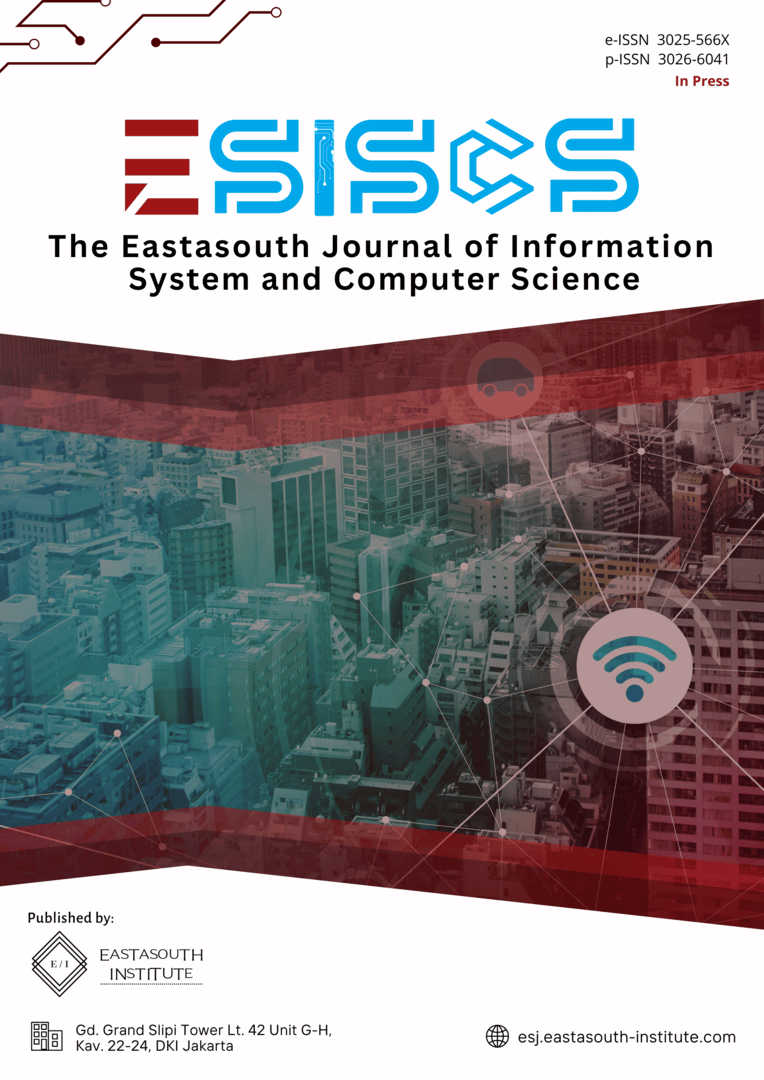The Process of Message Production Among Whatsapp Social Media Users
Main Article Content
Abstract
As a result of developments in technology and information, the way individuals communicate has changed. This is also the case with the SMAN 3 Bandung Class of '82 Alumni Association, which uses a WhatsApp group (WAG) as a platform to gather and exchange information. However, there is a problem, namely that the dynamics of communication within the ikasma3badg82 WAG cannot always be conveyed in their entirety. The researcher argues that dishonesty in conveying messages within the WAG is part of an effort to maintain solidarity among group members. The objectives of this study include (1) to determine the message production process within the ikasma3bdg82 WAG and (2) to determine how the message production process within the ikasma3bdg'82 WAG is related to the characteristics of its members. The research methodology uses a constructivist paradigm and a qualitative approach. The results of the study include (1) The message production process carried out by members of the ikasma3bdg82 WAG, between passive and active members, is fairly balanced. (2) Based on Trait Theory, members of the ikasma3bdg82 WAG can be classified into Conversational Narcissism, Argumentativeness, and Social Communication Anxiety. The uniqueness of this study is the emergence of the Super Conversational Narcissism component, which is a development of Littlejohn's Trait Theory.
Article Details

This work is licensed under a Creative Commons Attribution-ShareAlike 4.0 International License.
References
J. R. Dominick, “The dynamics of mass communication: Media in the digital age,” 2007.
M. Seufert, T. Hoßfeld, A. Schwind, V. Burger, and P. Tran-Gia, “Group-based communication in WhatsApp,” in 2016 IFIP networking conference (IFIP networking) and workshops, 2016, pp. 536–541.
R. Anisa, “Studi Deskriptif Tentang Loyalitas Peserta Grup Whatsapp,” Sosioglobal J. Pemikir. Dan Penelit. Sosiol., vol. 2, no. 1, pp. 32–39, 2017.
A. Rosenfeld, S. Sina, D. Sarne, O. Avidov, and S. Kraus, “A study of WhatsApp usage patterns and prediction models without message content,” arXiv Prepr. arXiv1802.03393, 2018.
A. Sukrillah, I. A. Ratnamulyani, and A. A. Kusumadinata, “Pemanfaatan media sosial melalui whatsapp group FEI sebagai sarana komunikasi,” J. Komun., vol. 3, no. 2, 2017.
H. Pratama and S. Kartikawati, “The effect of WhatsApp messenger as mobile learning integrated with group investigation method of learning achievement,” in International Journal of Science and Applied Science: Conference Series, 2017, vol. 2, no. 1, p. 164.
T. Trisnani, “Pemanfaatan Whatsapp Sebagai Media Komunikasi dan Kepuasan Dalam Penyampaian Pesan Dikalangan Tokoh Masyarakat,” J. Komunika J. Komunikasi, Media dan Inform., vol. 6, no. 3, pp. 1–12, 2017.
J. Cronje and I. Van Zyl, “WhatsApp as a tool for Building a Learning Community,” Electron. J. e-Learning, vol. 20, no. 3, pp. pp296-312, 2022.
J. Walwema, “The WHO health alert: Communicating a global pandemic with WhatsApp,” J. Bus. Tech. Commun., vol. 35, no. 1, pp. 35–40, 2021.
J. W. Creswell and C. N. Poth, Qualitative inquiry and research design: Choosing among five approaches. Sage publications, 2016.
N. Vera, “Komunikasi massa,” Bogor Ghalia Indones., vol. 20, no. 00, 2016.
R. Nasrullah, “Media sosial: Perspektif komunikasi, budaya, dan sosioteknologi,” Bandung: Simbiosa Rekatama Media, vol. 2016, p. 2017, 2015.
S. Perry and J. Baldwin, Communication Theories for Everyday Life. 2004.
S. R. Wilson, “Communication Theory and the Concept of,” 2002.
S. W. Littlejohn, Teori Komunikasi Theories of Human Communication. 2009.
C. G. Haryono, Ragam metode penelitian kualitatif komunikasi. CV Jejak (Jejak Publisher), 2020.
J. W. Creswell, “Research Desain: Pendekatan Kualitatif, Kualitatif, Dan Mixed (Edisi Keti).” Yogyakarta, 2013.
M. Emzir and M. Pd, “Metodologi penelitian kualitatif analisis data,” Jakarta Raja Graf., 2012.
M. Q. Patton, “Qualitative research & evaluation methods: Integrating theory and practice,” (No Title), 2015.

